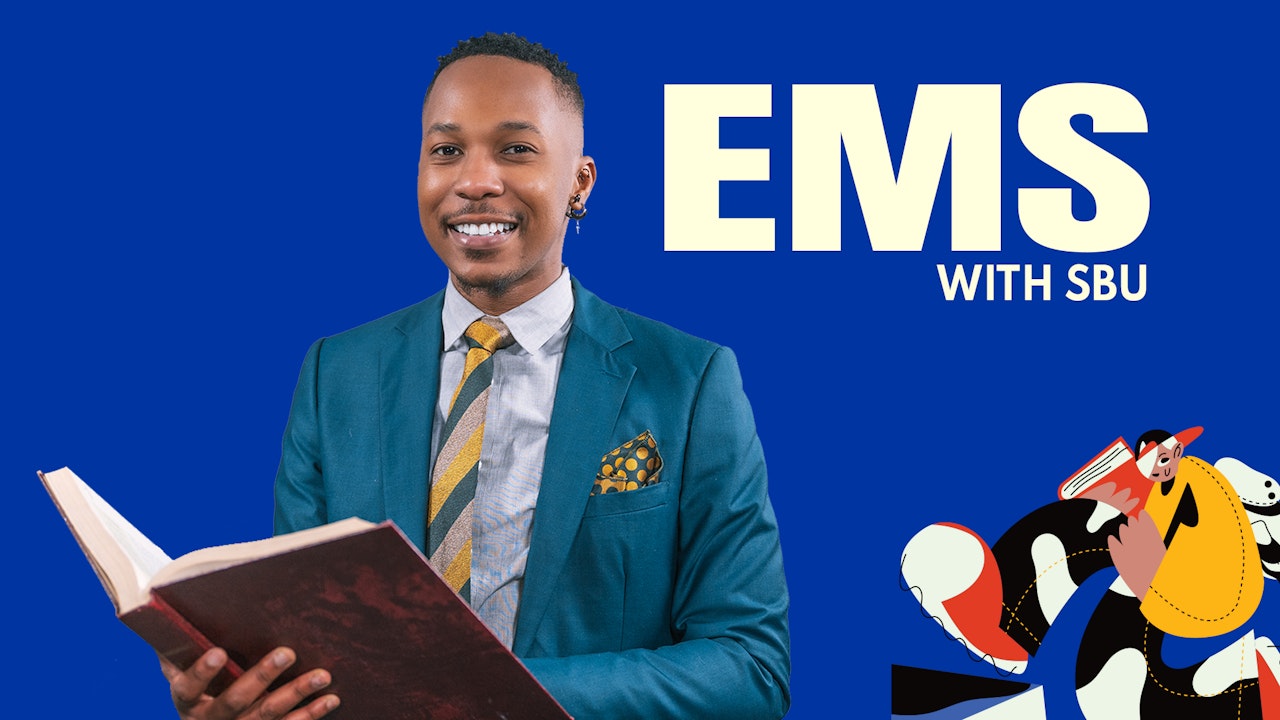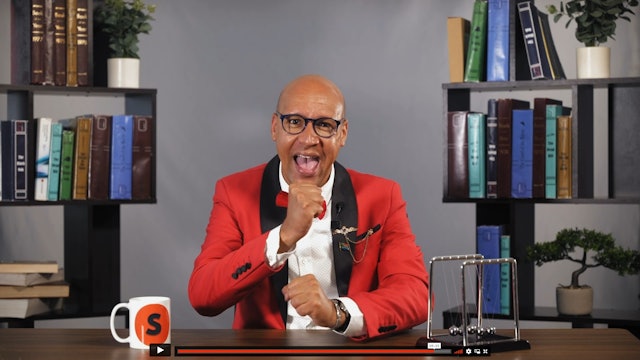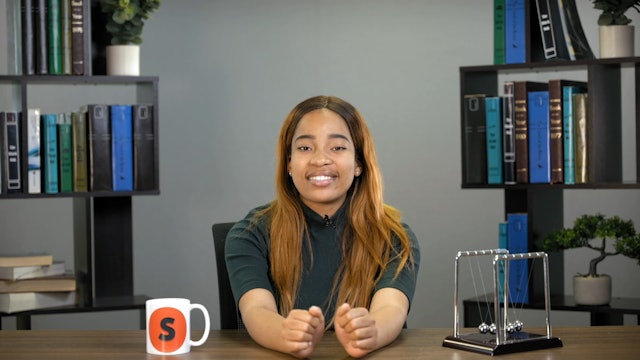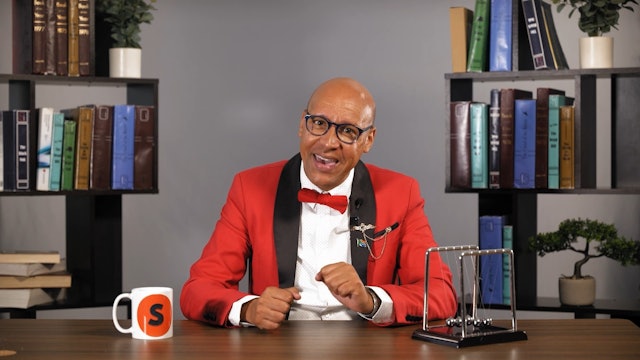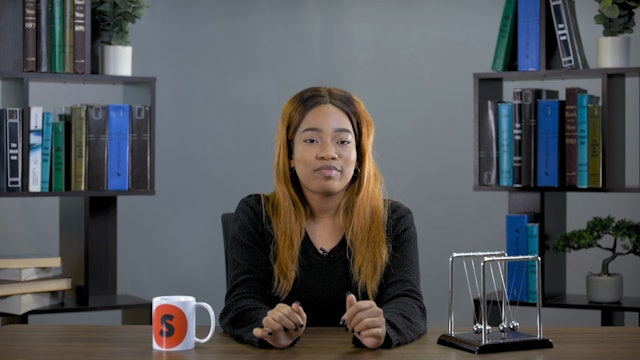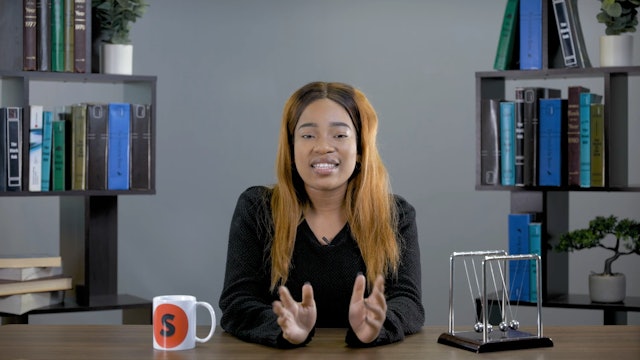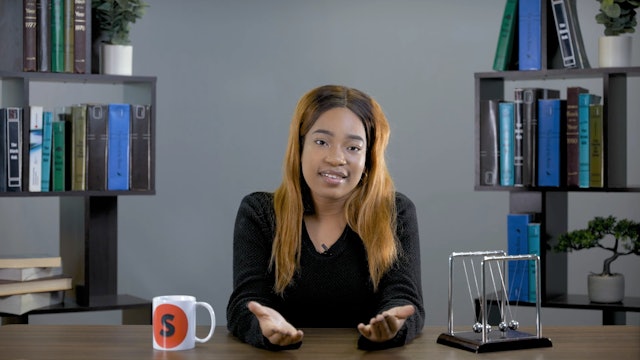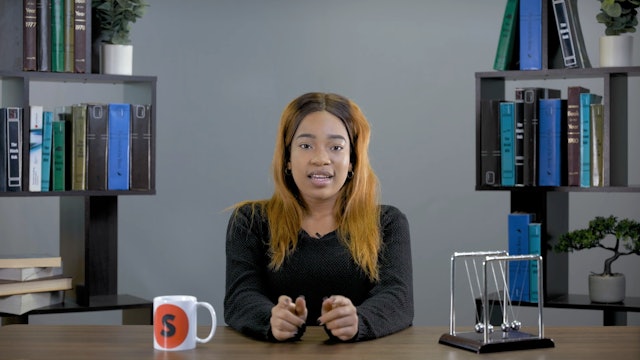Grade 8 EMS
4 Seasons
EMS is about various governmental, economic, and business-related topics. The year begins with a revision of topics from grade 7 such as traditional societies, bartering, types of money, and banking. We then dive into the roles and levels of government and government expenditure, tax, accounting, as well as the impact of development on the environment, unemployment, and productive use of resources.
Students are provided with a foundational understanding of how to maximise profits through the effective management of resources. The ways in which private, public or collective resources are used to meet people’s needs and wants and how they can be exploited, are also critically reflected on. Expand your financial literacy, entrepreneurial skills, personal development, and development of the community through core business and governmental management principles.
-
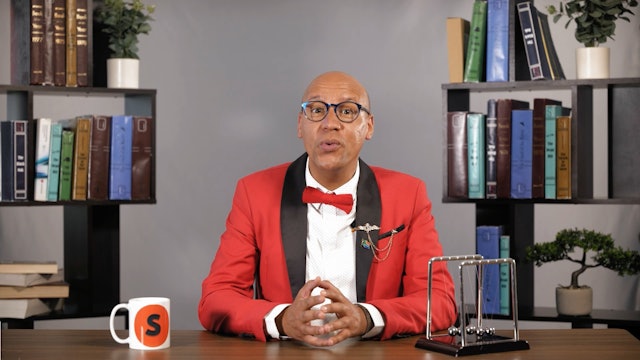 06:39Episode 1
06:39Episode 1Forms of ownerships - Partnership
Episode 1
Business partnerships are seen as an extension of a sole proprietor. It may happen when the sole trader wants to expand his business but needs additional capital. This lesson looks at the disadvantages and advantages of partnerships.
-
Forms of ownership - close co-operations
Episode 2
A Close Cooperation is a business owned by one to ten members. This form of ownership has to be legally registered with the government. This lesson looks at the advantages and disadvantages of this form of ownership.
-
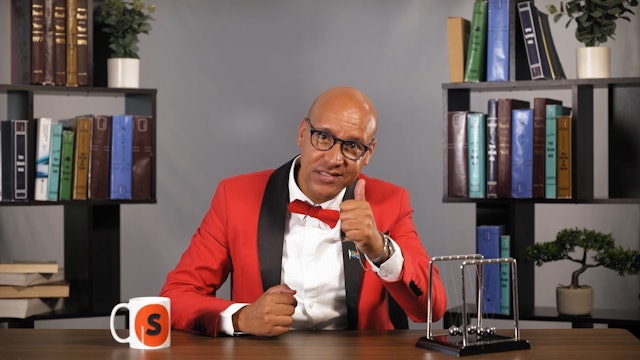 06:09Episode 3
06:09Episode 3Forms of ownership - Companies
Episode 3
We look at public and private companies and their differences. This lesson looks at all the advantages and disadvantages companies have.
-
FORMS OF OWNERSHIP- COMPARISON BETWEEN THE SOLE TRADER, PARTNERSHIP AND CC
Episode 4
We take a comparative look at the four types of ownership that exist. The aim of this lesson is for you to see the differences and sometimes similarities between the different types of ownership.
-
Forms of ownership - Sustainable job creation and use of natural resources
Episode 5
We focus on the role that forms of ownership have in relation to job creation and the use of natural resources. We look at ways in which companies depending on size can provide skilled and unskilled labour and how an organisation affects the way natural resources are used.
-
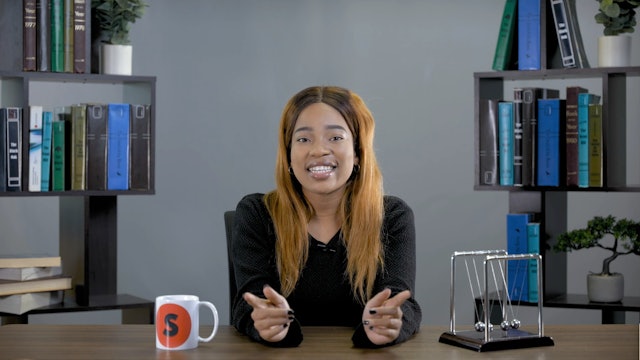 06:23Episode 6
06:23Episode 6The cash payments journal
Episode 6
We introduce The Cash Payments journal which is used to record when the business makes payments or when money is taken out of the business’s bank account.
-
Entering CPJ transitions and closing them off
Episode 7
We look further into how to enter CPJ transactions and how to close off the CPJ at the end of the month.
-
The effect of CPJ transactions on the accounting equation
Episode 8
By studying the CPJ transactions for Nothi’s Nail Salon, we analyze the effects of CPJ transactions on the accounting equations.
-
CPJ and CRJ transactions and closing off (identifying between CRJ and CPJ)
Episode 9
We look at a few transactions that will solidify your skills on closing off CPJ and CRJ.
-
CPJ and CRJ transactions - The effect of the accounting equation
Episode 10
Accounting equations are the most fundamental equation of the double-entry bookkeeping system we look at how some transactions affect the equation.


